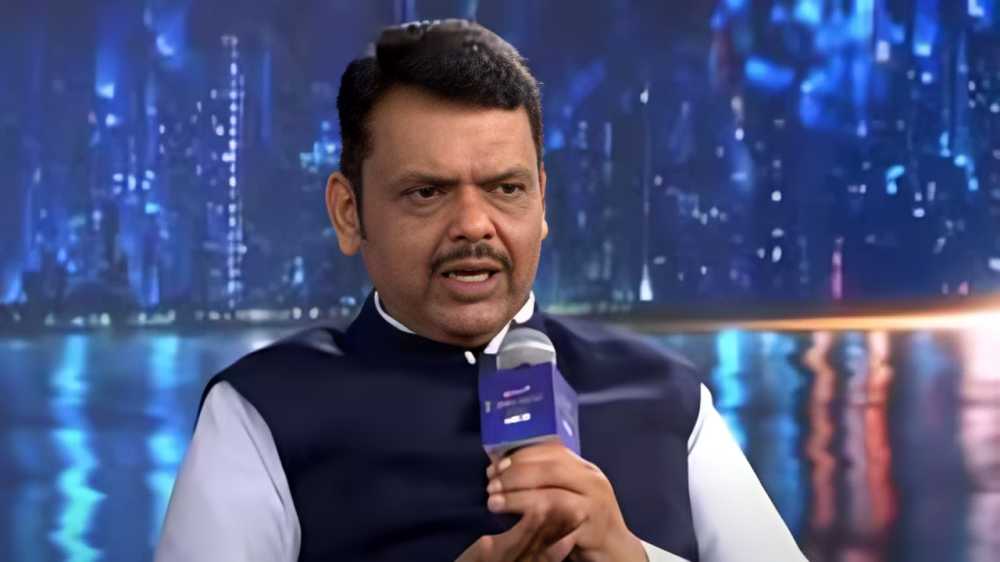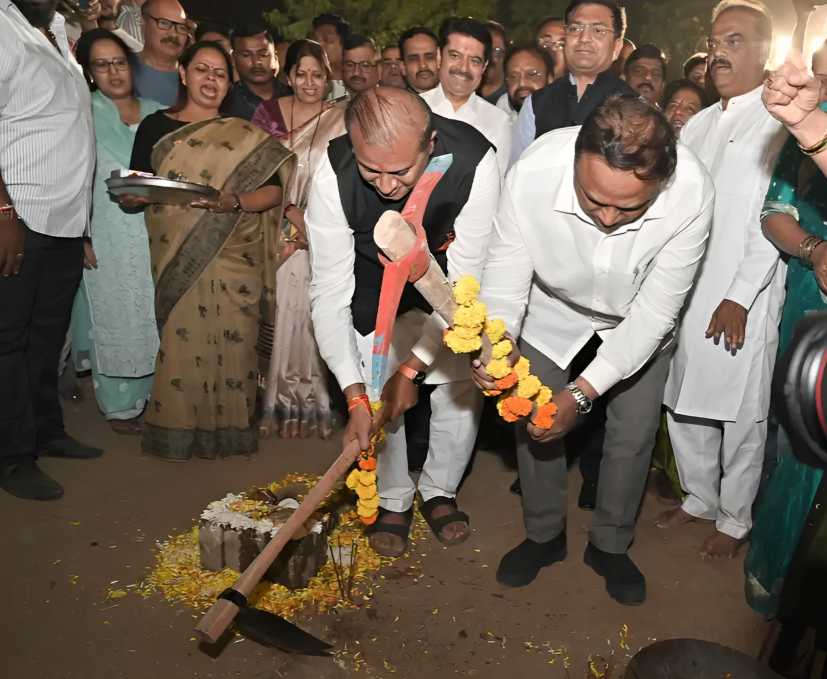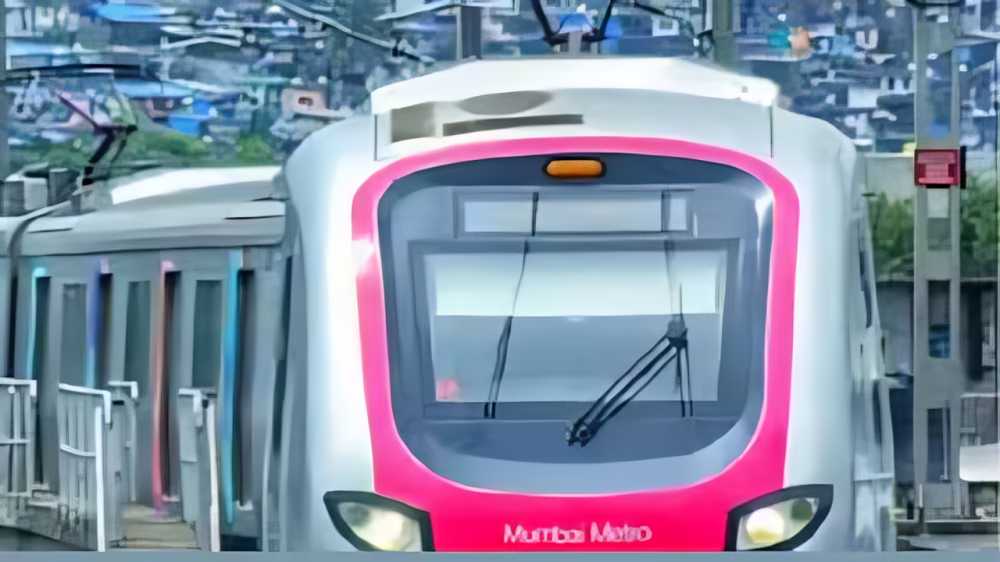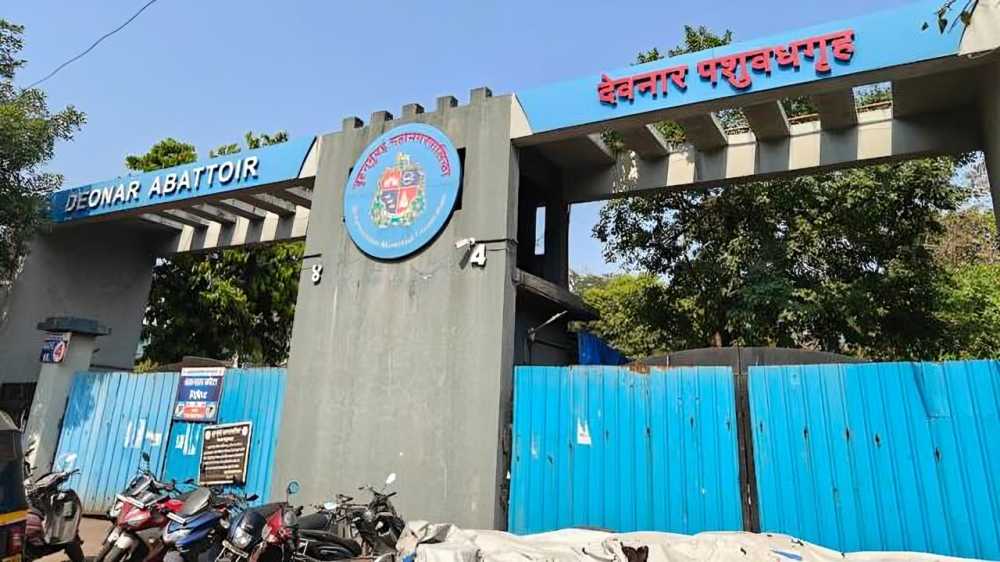October 11, 2025: Maharashtra, India’s financial and industrial hub, is fast-tracking its bid to become the country’s first trillion-dollar economy through large-scale investments in infrastructure, renewable energy, and high-tech industries. At a recent global summit, officials outlined the state’s vision to merge sustainability, innovation, and balanced regional development within its growth framework.
Home to Mumbai and Pune, Maharashtra has intensified efforts across key sectors such as semiconductors, electric vehicles, defence production, and green energy. The state currently produces 30 gigawatts of renewable power and aims for 52% of its total energy consumption to come from clean sources by 2030. It is also positioning itself as a global solar hub, while unveiling policies to attract electric vehicle and advanced manufacturing firms.
To facilitate business operations, the state has upgraded its investor facilitation platform, Maitri 2.0 — an AI-powered single-window clearance system offering 120 online services. Officials report that more than 40,000 applications have been processed with a 99.9% disposal rate, ensuring clearances within 7–15 days and strengthening investor confidence.
Mumbai’s urban infrastructure is undergoing a major transformation, featuring the coastal road project, metro network expansion covering 35 kilometres, and the development of four airports, alongside a planned international airport in Pune. Authorities predict that intra-city travel time will soon drop to under an hour.
Outside Mumbai, Maharashtra is addressing regional imbalances through prosperity corridors connecting regions such as Vidarbha and Marathwada. The Nagpur–Mumbai corridor will host 15 industrial nodes across 17 districts, while the Nagpur–Goa corridor is in development. The ambitious Wadhwan Port — set to become Asia’s largest — forms part of investment plans exceeding USD billion over the next three years.
Experts believe Maharashtra’s growth model — combining sustainability, innovation, and inclusivity — could set the benchmark for India’s future urban and economic transformation.
Source: Urban Acres





